AI in Landscaping: Why 83% of Pros Haven’t Adopted It (Yet)
Artificial intelligence is reshaping nearly every industry, but not landscaping, at least not yet.
According to the 2025 Landscape Industry Report by Aspire, 83% of landscaping professionals say they haven’t adopted AI tools in their business. The survey, based on more than 1,000 landscape business owners and managers nationwide, offers one of the clearest looks yet at how technology is transforming the trade.
While software adoption is already widespread, true AI usage remains low. Here’s why most landscapers are still waiting—and what AI can actually do to help when they’re ready to make the leap.
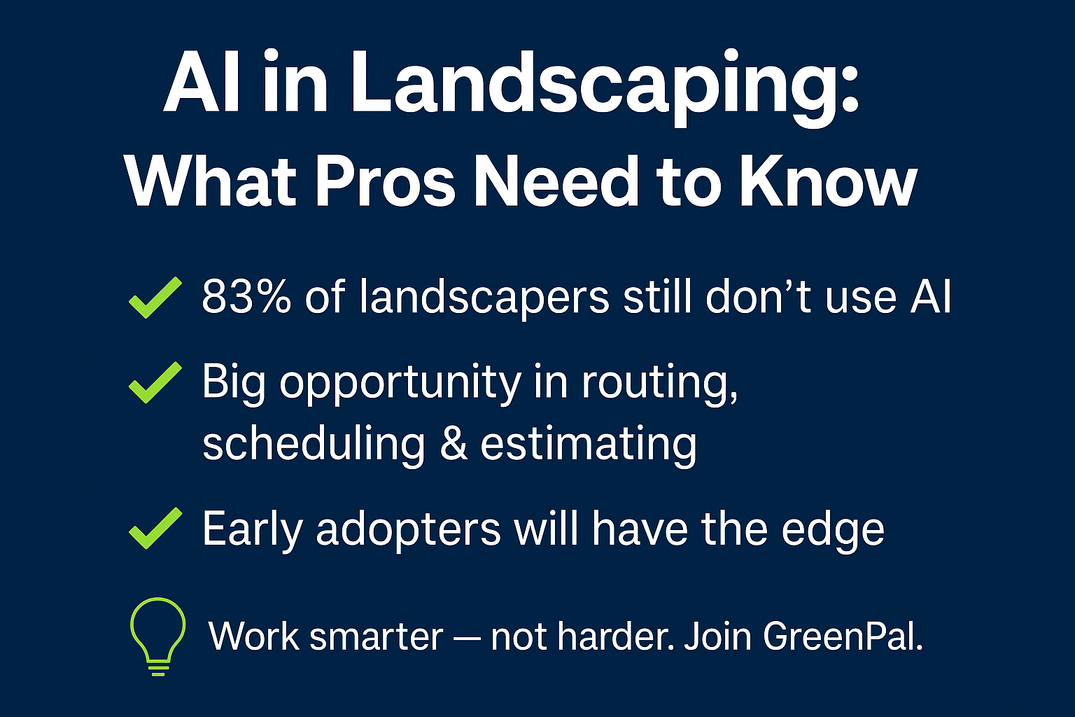
1. The Industry Is Going Digital, But AI Isn’t There Yet
The shift toward technology is undeniable.
Ninety-three percent of landscaping businesses now use some form of software, with accounting (77%), invoicing (72%), and estimating (61%) leading the way.
However, these tools primarily replace paperwork, rather than decision-making. Only 17% of pros have experimented with AI, even though 39% believe it could have the biggest impact on field operations like routing, scheduling, and crew management.
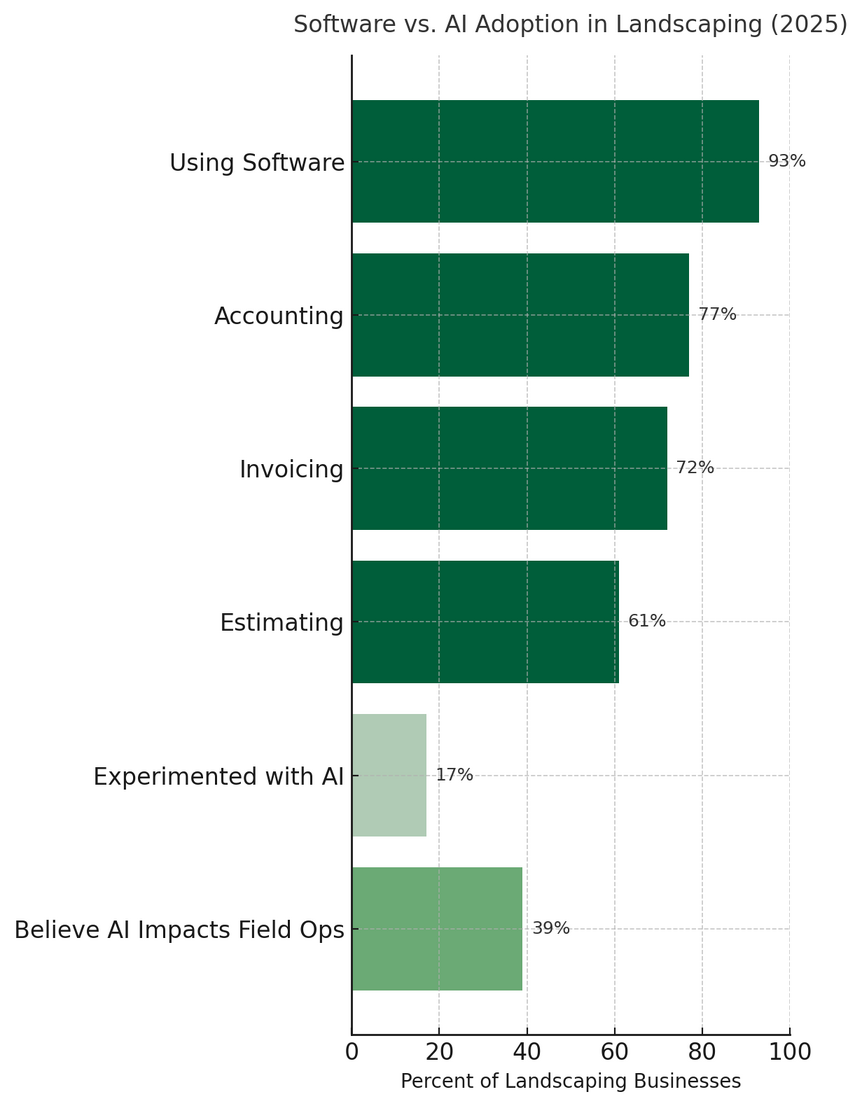
2. What’s Holding Pros Back
Even as awareness grows, barriers remain, and professionals are not automatically incorporating AI into their business.
Half of contractors (50%) said cost is the top obstacle, followed by lack of time (49%) and the learning curve (43%) that comes with new tech. For many small business owners, daily fires—staffing, scheduling, materials leave little room to test new tools.
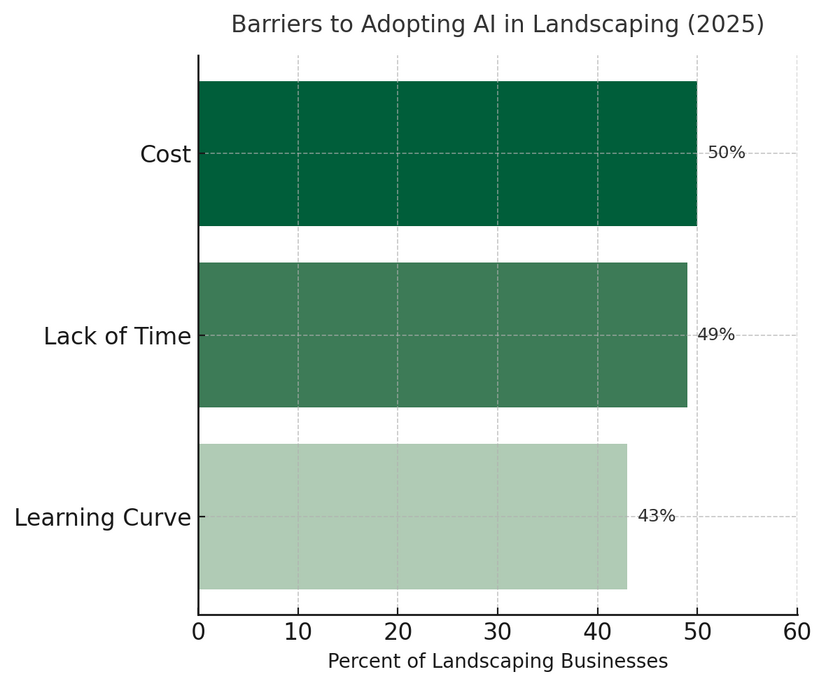
3. The Payoff for Early Adopters
Among the 17% already using AI, results are promising.
Businesses report smoother scheduling, fewer job delays, and better insight into profit margins.
Even simple automation—like AI route optimization or cost-tracking—has proven enough to improve efficiency and reduce overhead.
4. How AI Can Help Landscaping Businesses Right Now
AI isn’t a futuristic concept anymore—it’s already changing how landscapers run their day-to-day operations. You don’t need a major tech overhaul to see results; the biggest gains come from automating repetitive tasks and turning routine data into better decisions.
Smarter Scheduling and Routing
AI can analyze routes, traffic, and crew timing to automatically suggest the most efficient schedule for your day. That means fewer wasted miles and lower fuel costs.
Try: LMN – offers automation for crew routing and scheduling that adapts to changing field conditions.

Faster Bidding and Estimating
AI can pull data from past jobs, materials, and labor hours to generate accurate estimates in seconds. It helps eliminate guesswork and keeps bids profitable even when costs fluctuate.
Try: Attentive AI – measures properties automatically from satellite imagery to generate takeoffs before you bid.

Real-Time Insights from the Field
AI can collect and interpret data from time tracking, photos, and invoices to reveal which jobs make the most money and where you’re losing time.
Try: Aspire – uses AI-powered dashboards to track job performance, profitability, and labor trends.
Better Communication with Customers
Automated messaging tools can send appointment reminders, completion updates, or payment confirmations instantly—keeping customers in the loop while you stay focused on the work.
Try: CompanyCam – auto-labels job photos and helps share before-and-after updates with clients.

Predicting Problems Before They Happen
AI can identify issues before they become costly—from vehicle maintenance schedules to weather delays.
Try: Fleetio – provides predictive maintenance alerts and analytics to prevent downtime before it starts.
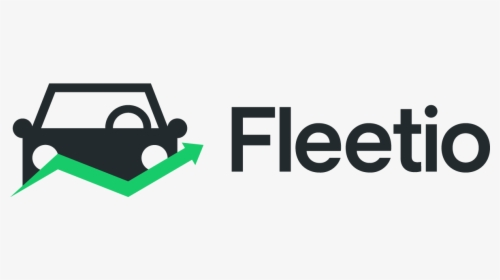
5. Why 2025 Could Be the Turning Point
While most companies still haven’t adopted AI, 73% of landscape professionals now say digital transformation is important to their future. Rising material costs (52%) and ongoing labor shortages (51%) are accelerating the push for smarter systems.
The 2025 Landscape Industry Report notes that “the window of opportunity to implement new technology can close rapidly—giving early adopters a competitive advantage.”
Those who start using AI today will have a head start in efficiency and profitability for years to come.
The table below shows how landscaping professionals responded when asked about digital transformation in landscaping.
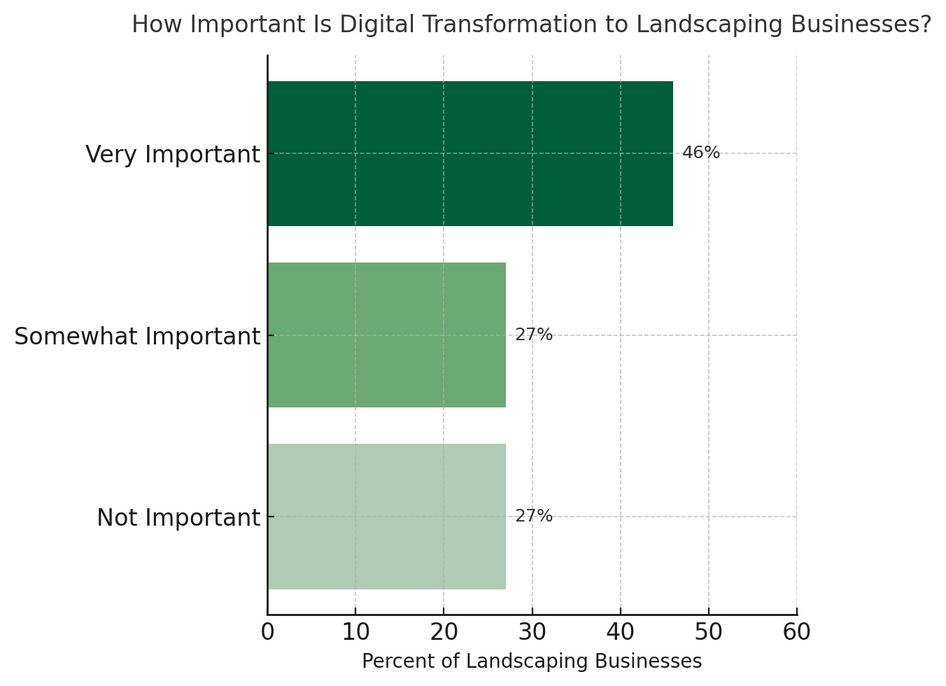
Final thoughts
AI may still be on the horizon for most landscapers, but the push toward smarter, more efficient business tools is already here.
The pros who stay ahead aren’t necessarily the ones with the newest equipment; they’re the ones using technology that saves time and builds consistency.
That’s exactly what GreenPal does. It connects you with ready-to-book customers, handles scheduling and payments automatically, and helps you keep your business organized without adding more work to your day. If you’re ready to make your landscaping business run smoother and earn more, join GreenPal and see how simple growth can be.





















